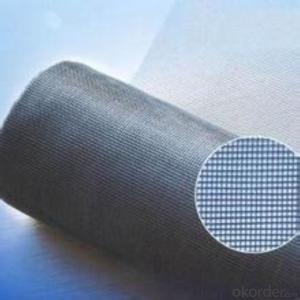Fiberglass has been a popular choice for watercraft construction for quite some time now. It’s not just about the material’s versatility, but also its durability and strength that make it a go-to option for boat builders and enthusiasts alike. Let’s dive into the world of fiberglass and explore why it’s the heart and soul of watercraft construction.
The History of Fiberglass in Watercraft
Fiberglass, or glass-reinforced plastic (GRP), was first introduced in the 1930s. It quickly gained popularity due to its lightweight and strong properties. The first fiberglass boat was built in 1935, and since then, the material has been revolutionizing the marine industry.
Why Fiberglass?
There are several reasons why fiberglass is the preferred material for watercraft construction. Let’s break it down:
– Lightweight: Fiberglass boats are lighter than their wooden or steel counterparts, making them easier to maneuver and transport.
– Strength: The composite material is incredibly strong, capable of withstanding the harsh conditions of the water.
– Corrosion Resistance: Unlike metal boats, fiberglass doesn’t rust or corrode, ensuring a longer lifespan.
– Cost-Effectiveness: Fiberglass boats are generally more affordable to produce and maintain than boats made from other materials.
– Customizability: The material can be molded into various shapes and sizes, allowing for a wide range of designs.
The Making of a Fiberglass Boat
Building a fiberglass boat is an art form that combines craftsmanship with technology. Here’s a sneak peek into the process:
1. Design and Planning: The journey begins with a detailed design and plan that outlines the boat’s specifications and features.
2. Mold Making: A mold is created based on the design, which will serve as the foundation for the boat’s shape.
3. Laying the Fiberglass: Layers of fiberglass cloth are applied to the mold, followed by resin to bind the layers together.
4. Curing: The boat is left to cure, allowing the resin to harden and solidify the fiberglass layers.
5. Finishing Touches: Once cured, the boat is sanded, polished, and fitted with necessary hardware and accessories.
The Environmental Impact
While fiberglass has its perks, it’s essential to consider the environmental impact of its production and disposal. The manufacturing process can release harmful chemicals, and disposing of old fiberglass boats can be challenging due to their non-biodegradable nature. However, advancements in technology are helping to mitigate these issues.
Innovations in Fiberglass Technology
The marine industry is constantly evolving, and so is the technology surrounding fiberglass. Innovations such as vacuum infusion and the use of eco-friendly resins are making fiberglass boats more efficient and sustainable.
The Future of Fiberglass in Watercraft
As we look to the future, it’s clear that fiberglass will continue to play a significant role in watercraft construction. With ongoing innovations and a commitment to sustainability, fiberglass boats are poised to remain a top choice for marine enthusiasts for years to come.
Personal Touch
I’ve always had a soft spot for fiberglass boats. There’s something about their sleek lines and the way they cut through the water that captivates me. Whether it’s a small fishing boat or a luxurious yacht, the craftsmanship and attention to detail in fiberglass construction never cease to amaze me.
Conclusion
Fiberglass’s journey from a novel material to the backbone of watercraft construction has been nothing short of remarkable. Its combination of strength, durability, and affordability make it a favorite among boat builders. As we embrace new technologies and strive for a greener future, fiberglass continues to adapt and evolve, ensuring its place in the maritime world for generations to come.

